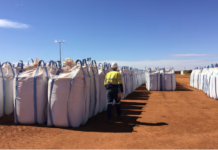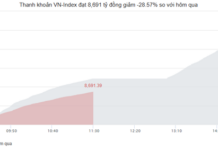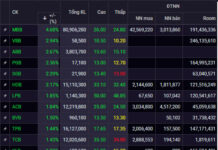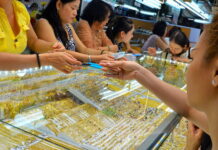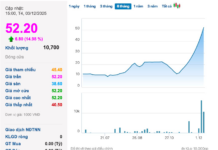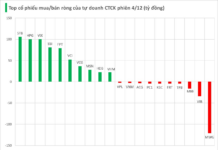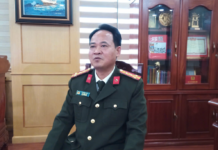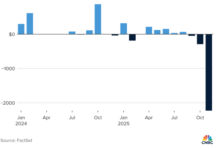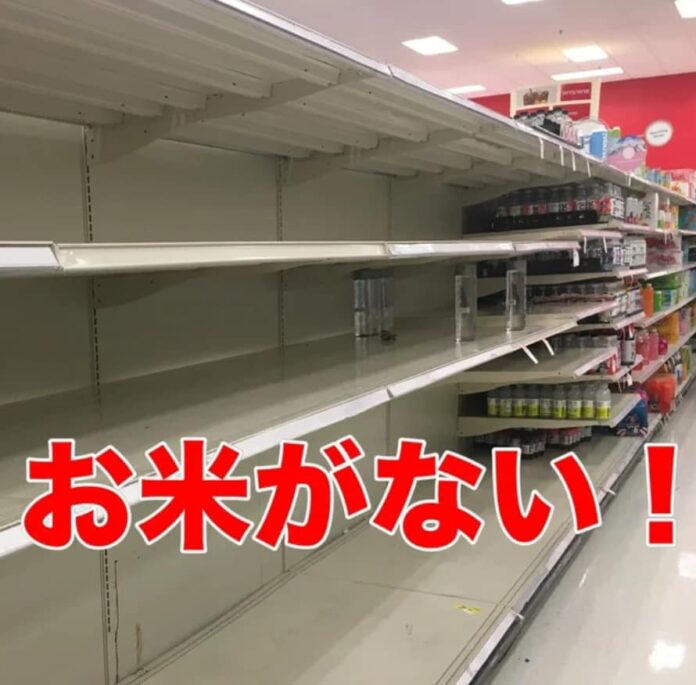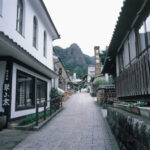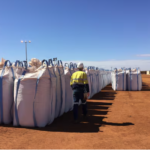Japan, a country known for its high-quality rice, is facing a rice shortage crisis, with wholesale stores in Niigata, one of the country’s top rice-producing regions, experiencing a significant drop in stock. Typically, these stores would have around 240 tons of rice in storage, but this year, they are left with only 10 tons. Tokyo supermarkets have resorted to limiting purchases, with signs reading, “Limit one bag of rice per person.” The bags of rice have also gotten smaller, now packaged in 5kg, 1kg, and 2kg bags, and even smaller portions for single meals.
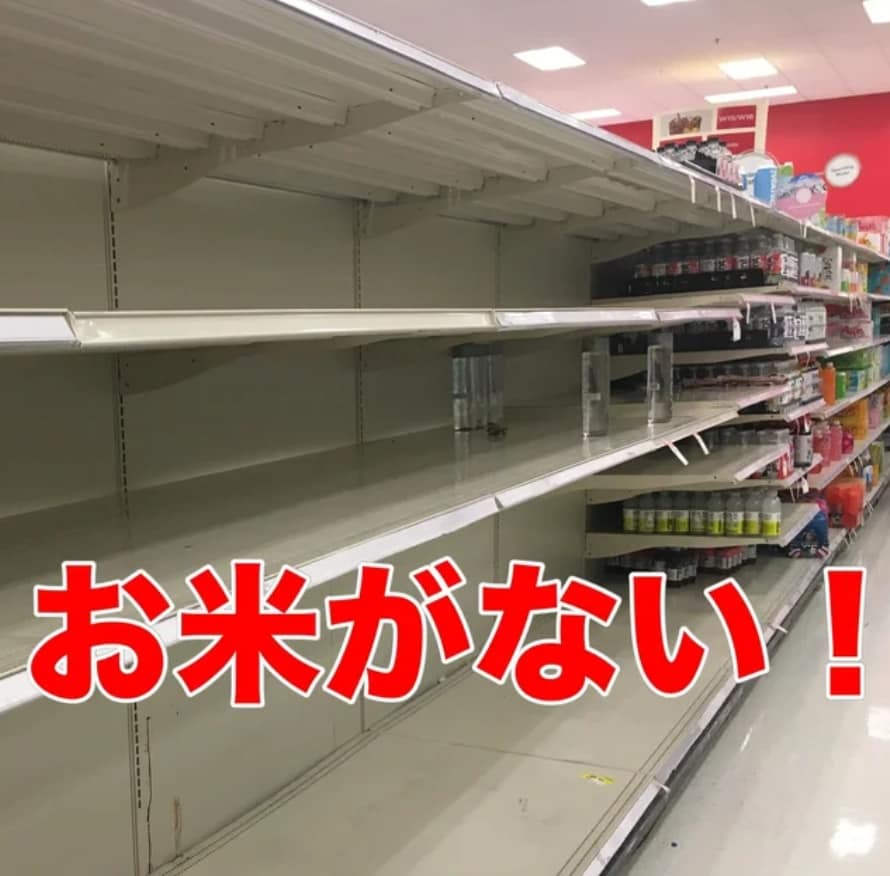
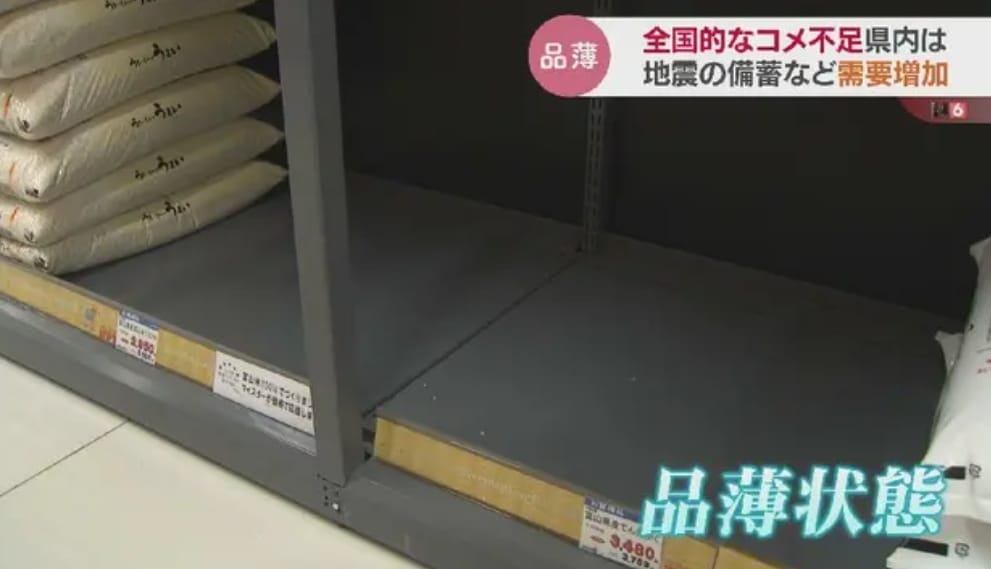
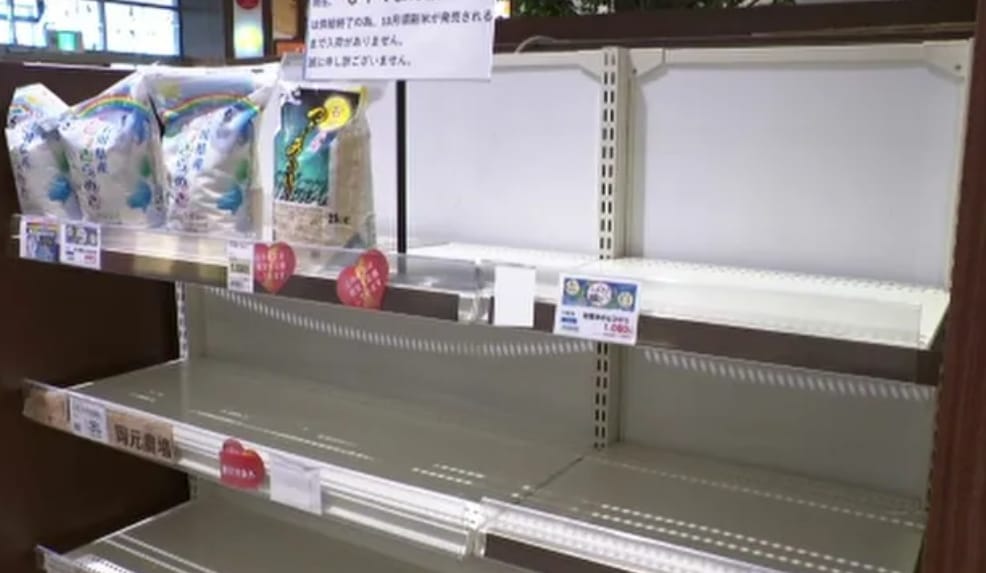
Empty rice shelves
“Even with the purchase limits, the shelves are still empty, and the supermarket has no rice. We are in a serious situation,” said Aoi Toshihito Uchida, a supermarket owner. “The rice shortage started around spring this year, but I never expected the supply to deplete to this extent,” he added.
During an interview with a YTV News reporter, only six 5kg bags of rice were delivered, leading to a fierce competition among customers. A customer shared, “I had to go to seven stores to buy rice. It’s rare to find 10kg bags; usually, they are 5kg or even 1kg or 2kg bags.”
At the supermarket, customers are limited to purchasing one bag each. The six bags that were delivered were immediately sold out.
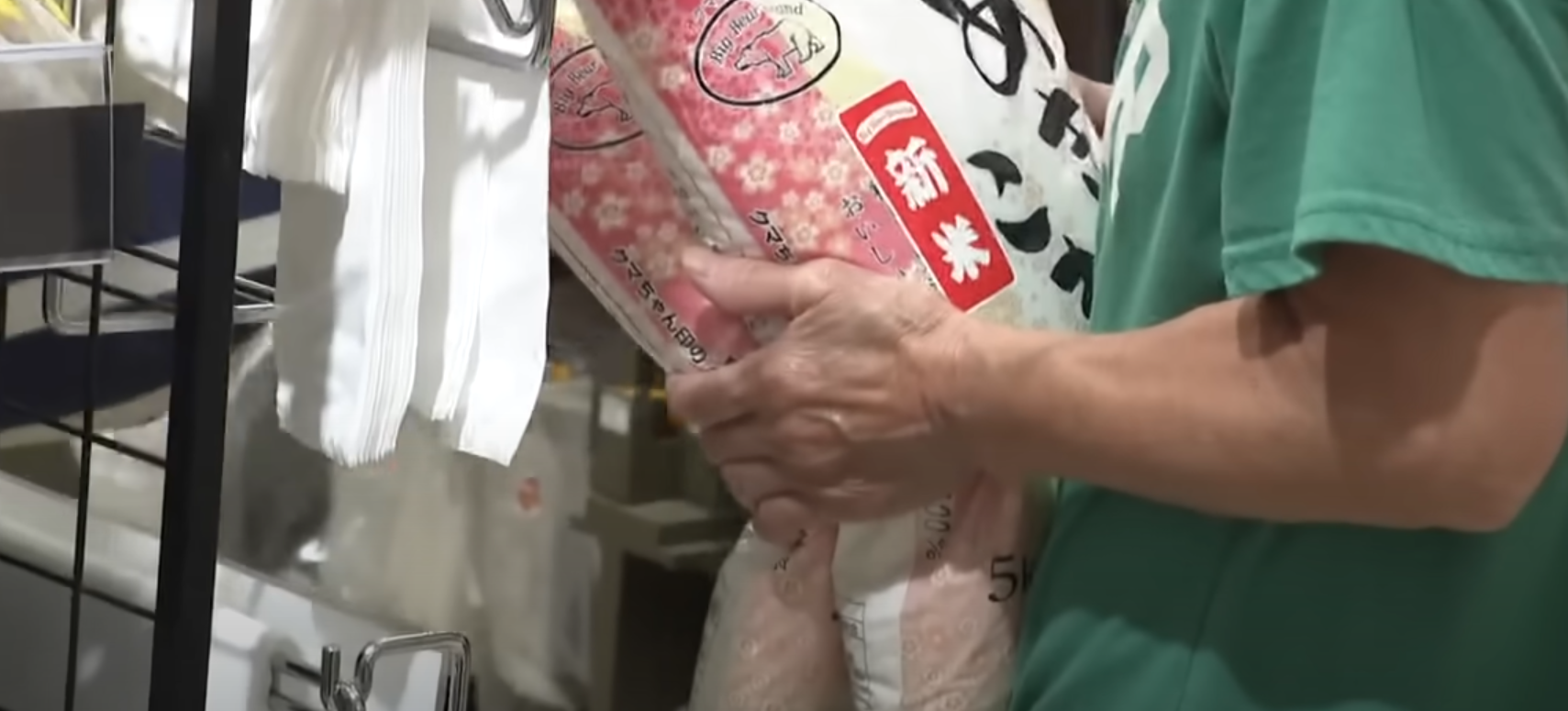
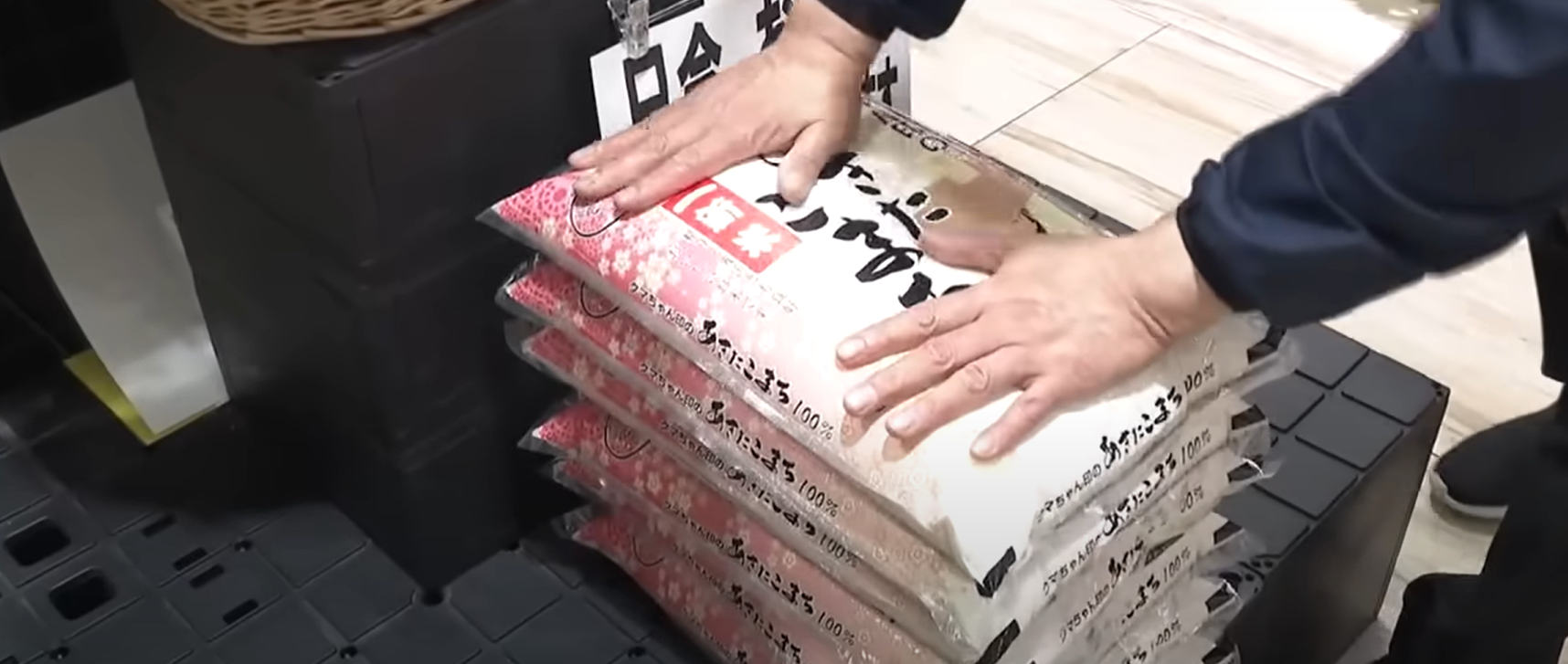
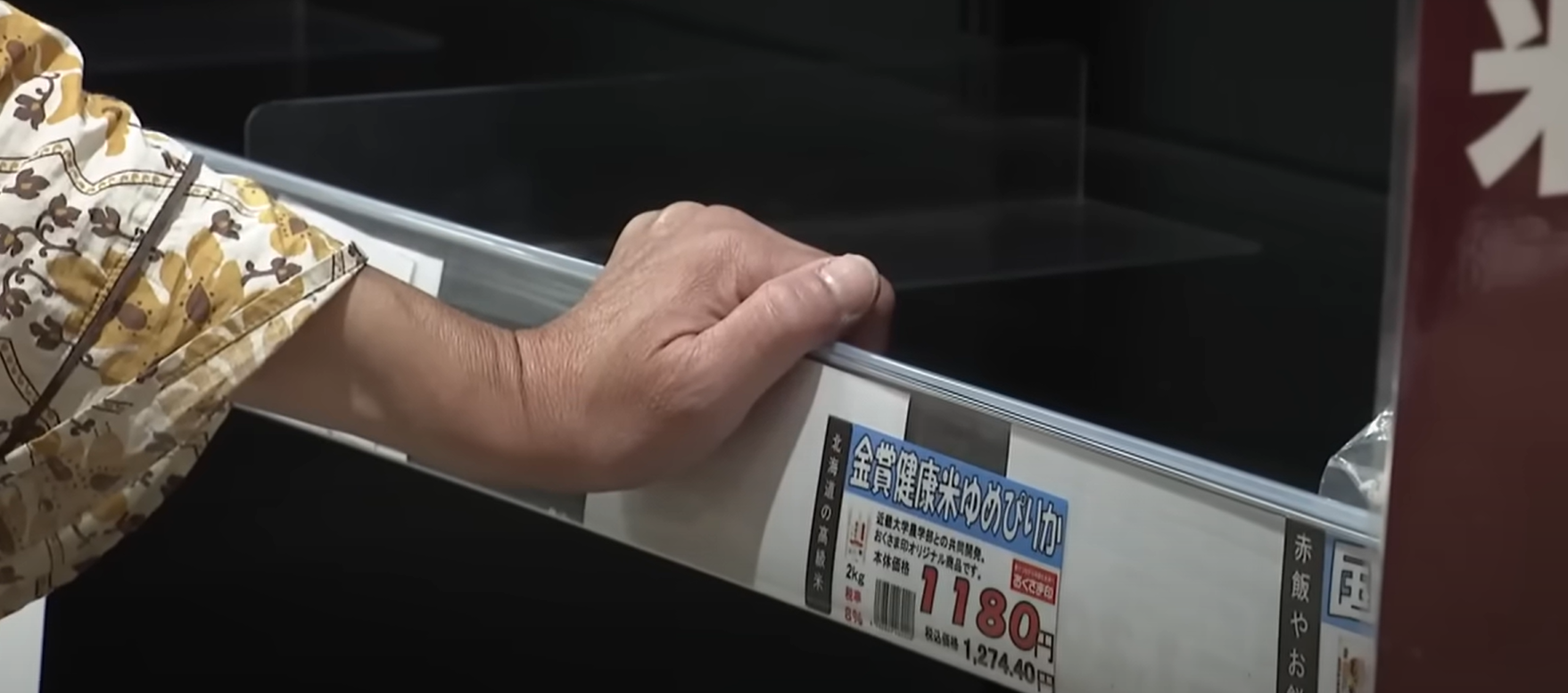
Photos: YTV
This crisis can be attributed to the hot weather, which has significantly reduced Japan’s rice production. The revival of the restaurant industry, fueled by a rise in domestic tourism, is also believed to be a contributing factor.
According to Japan’s Ministry of Agriculture, Forestry, and Fisheries, the rice shortage will disproportionately affect low-income families, especially those with young children and students in public elementary and junior high schools.
Prior to this, Japan had issued a warning about a potential mega-earthquake in the Nankai Trough. During this time, there was an increase in rice purchases and stockpiling by residents. However, with the harvest season approaching in early August, some believe that the rice shortage will gradually ease.
Mr. Minamino, a businessman, shared, “We are waiting for the new rice to arrive in August, but I am concerned that the import price will increase significantly.”
Alongside the shortage, Japan is also facing concerns about a decline in rice quality. In Toyama Prefecture, the ratio of first-grade rice is at 50%—the lowest ever. According to local authorities, if the average temperature during the first 20 days after germination exceeds 27 degrees Celsius, the rice tends to turn whitish and affects its quality.
Sources: Yahoo, YTV News
Mitsubishi Triton: A Luxurious and Highly Sought-After Vehicle, Selling 6 Times More Than Expected, Even More Expensive than the Land Cruiser
After a 12-year absence, Mitsubishi Triton has made a comeback in its home country of Japan in an incredibly impressive way.

